Creative destruction describes how innovation replaces old systems.
Videos by American Songwriter
You hear this a lot in tech spaces, but it’s not limited to business “disruption.” Radiohead’s Kid A (2000) came about using a similar concept. The band reinvented itself by dismantling the very idea of a rock band.
U2 did the same with Achtung Baby, Zooropa, and Pop. The Irish band eventually returned to its rock origins, but Radiohead hasn’t. Thom Yorke, Jonny Greenwood, Colin Greenwood, Ed O’Brien, and Philip Selway remain uninterested in repeating The Bends or OK Computer, let alone “Creep.”
Still, one of the most powerful songs on Kid A is “How to Disappear Completely.” It’s ironically as close as the band gets to its earlier period music. Yorke’s tender acoustic chords wouldn’t be out of place next to “Fake Plastic Trees,” or “Exit Music (For a Film).”
But many forces led to Yorke’s wanting to disappear. Something the band mimicked in its own creative dismantlement.
It’s All Too Much
Yorke dreamt he was floating down the River Liffey in Dublin. He then flew over the city and had no control over how or where he traveled.
That there
That’s not me
I go
Where I please
I walk through walls
I float down the Liffey
A rain-soaked Radiohead show in Dublin inspired the dream. Meanwhile, the stress Yorke felt during the OK Computer Tour finally caught up to him when the band performed at the 1997 Glastonbury Festival the following week.
The singer told Rolling Stone how he had snapped and said, “That’s it. I can’t take this anymore.” R.E.M.’s Michael Stipe offered advice. He said, “Pull the shutters down and keep saying, ‘I’m not here, this is not happening.’”
A How-To Guide
Doug Richmond’s 1985 book How to Disappear Completely and Never Be Found inspired Yorke’s title. Richmond’s how-to book instructs readers on how to create a new identity. The author details how one fakes a death by assuming the identity of a deceased person of similar age. Once “dead,” he explains how you obtain new identification, work, and credit.
In a little while
I’ll be gone
The moment’s already passed
Yeah, it’s gone
“Okay, Computer, I Want Full Manual Control Now”
Also, the turbulence Yorke felt through the hype and hysteria around OK Computer dovetails with the album’s DNA.
Radiohead’s groundbreaking third album explored the fear many felt about a fast-approaching future. Its title came from the 1978 BBC radio series The Hitchhiker’s Guide to the Galaxy. (That’s two Radiohead song titles inspired by guides.)
In the science fiction broadcast, the two-headed galaxy president Zaphod Beeblebrox says, “Okay, computer, I want full manual control now” after his spaceship computer says it can’t defend against incoming missiles.
Look at the dates. Douglas Adams created his Hitchhiker’s Guide in the 1970s. The “Okay, computer” phrase connected many themes Yorke wrote about in the late ’90s. Fast-forward to today and the ubiquity of AI, and you understand why Radiohead’s music then connected with so many people. And why it remains relevant today.
Paranoid Android
You can interpret “How to Disappear Completely” as a search for peace. A release.
But it cannot be separated from the anxiety at the heart of OK Computer or how Kid A was a glitchy reaction to it. Yorke ran in the opposite direction from the songwriting that made him famous. It was yet another erasure.
Yorke needed to escape before he lost himself entirely. “How to Disappear Completely” is one of his most beautiful songs. It’s also his saddest.
And I’m not here
This isn’t happening
Photo by Paul Bergen/Redferns

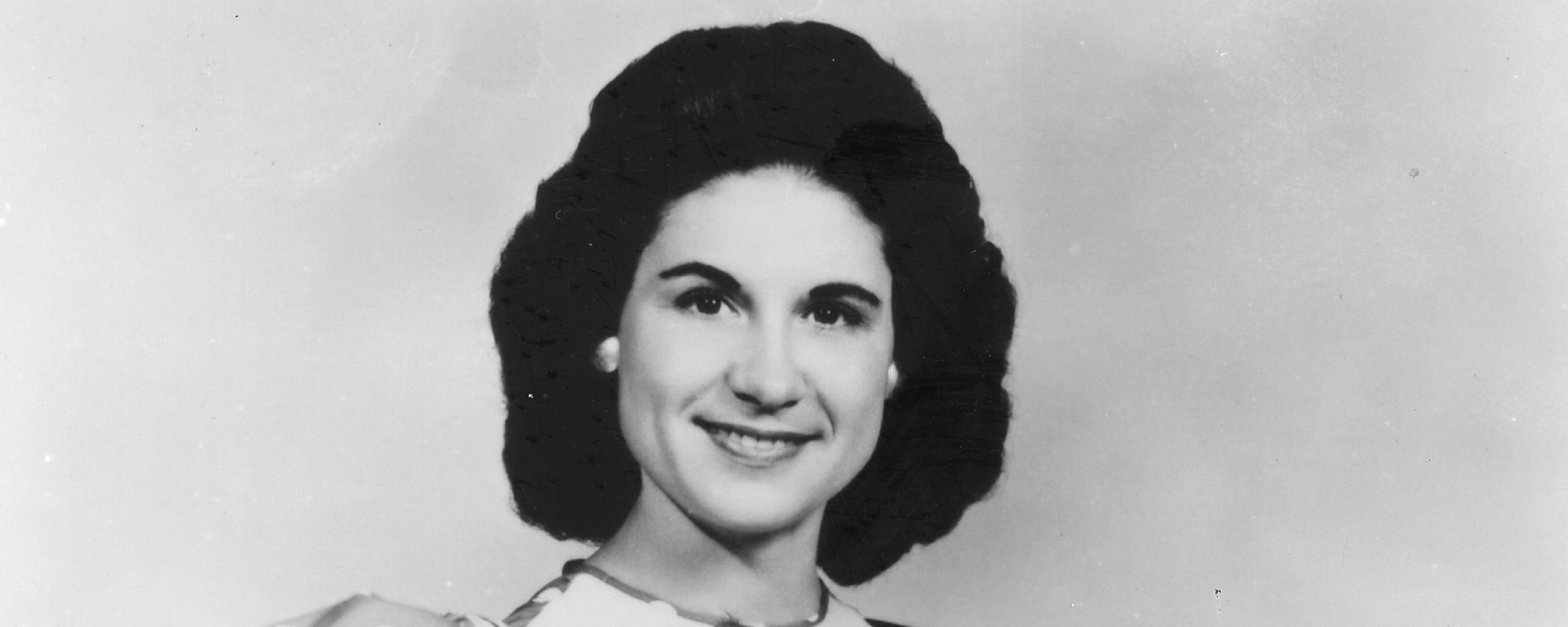

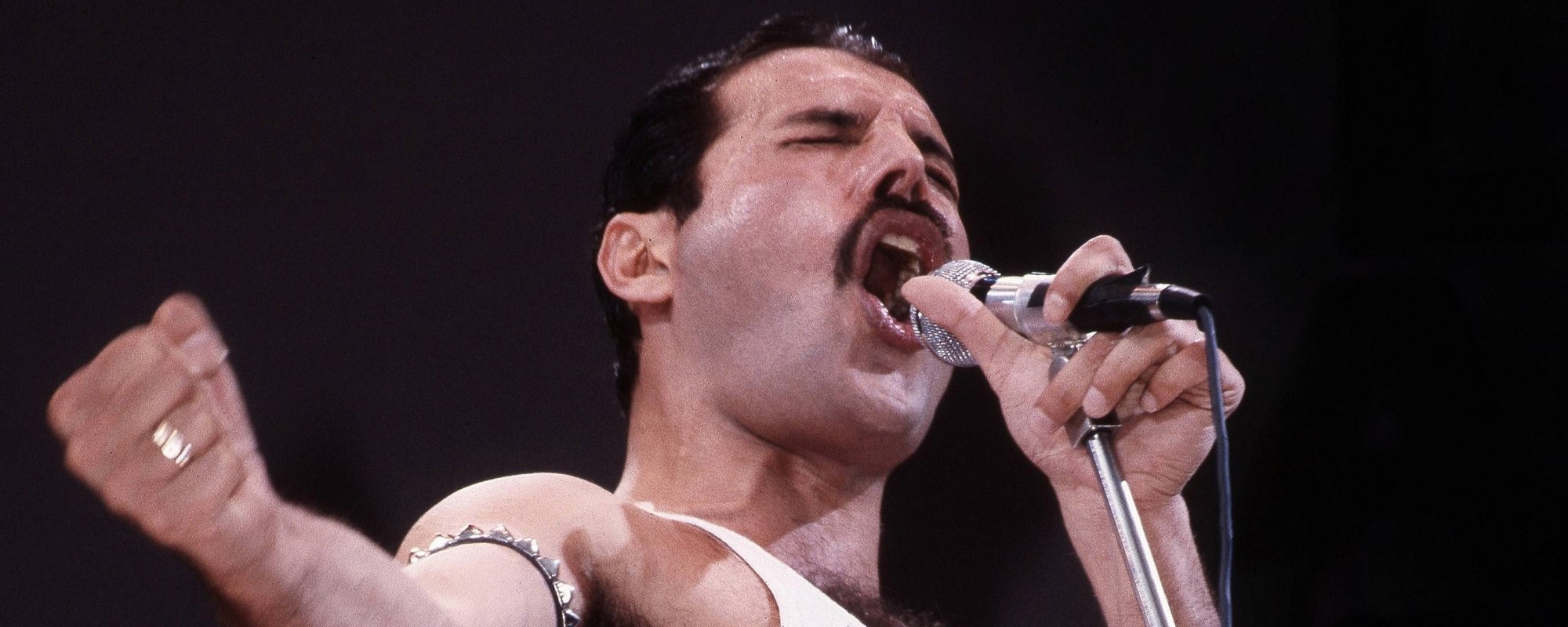

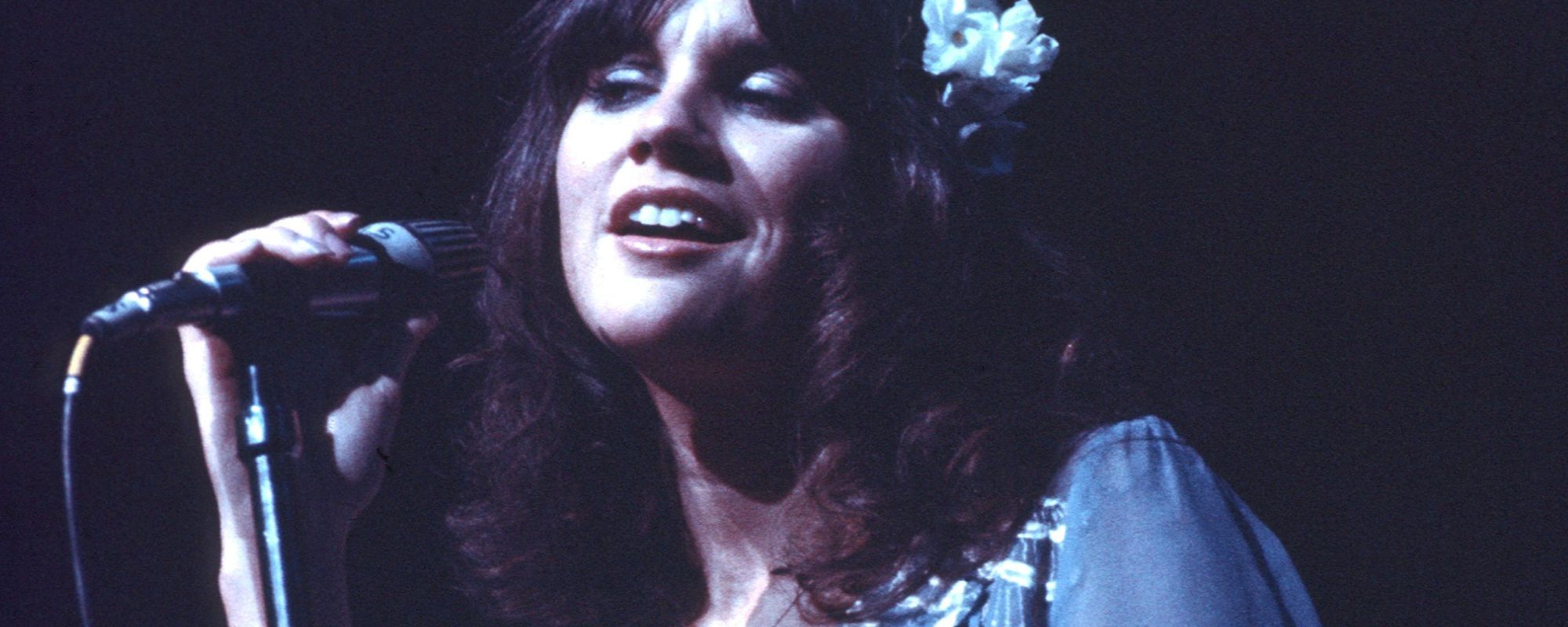


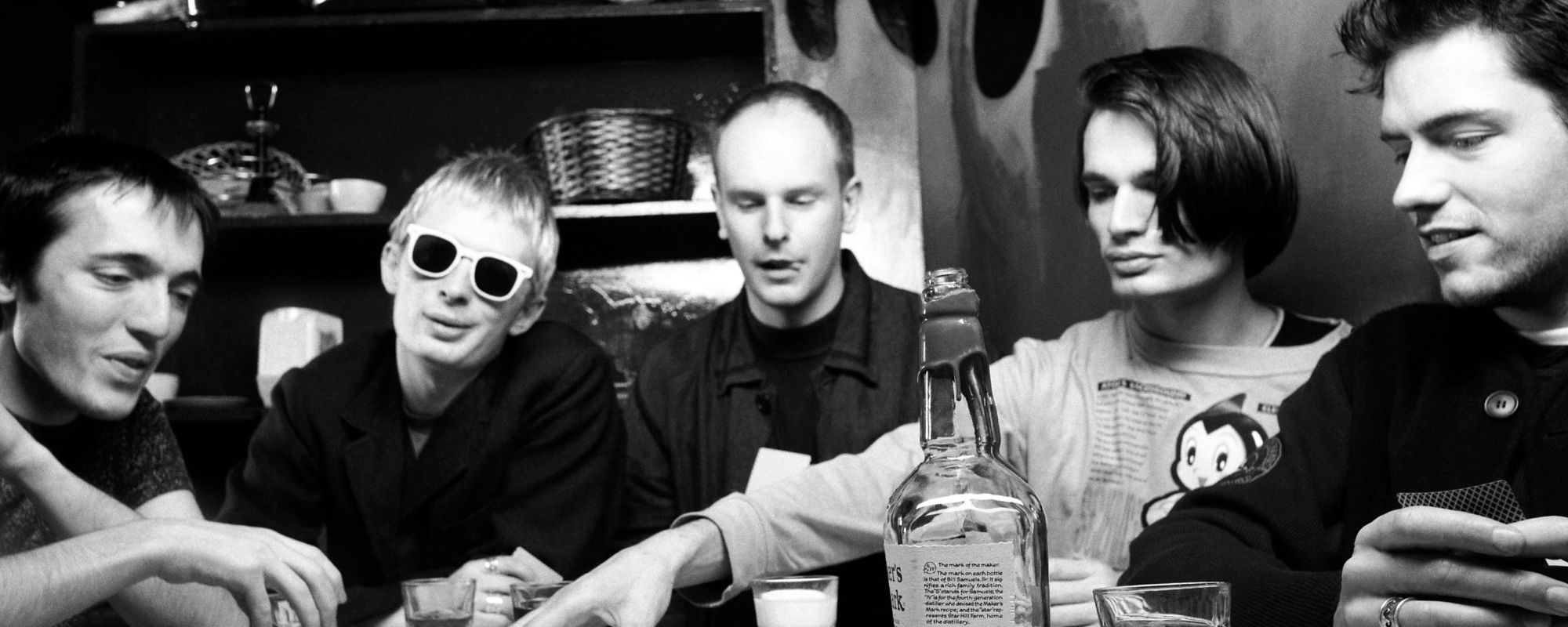

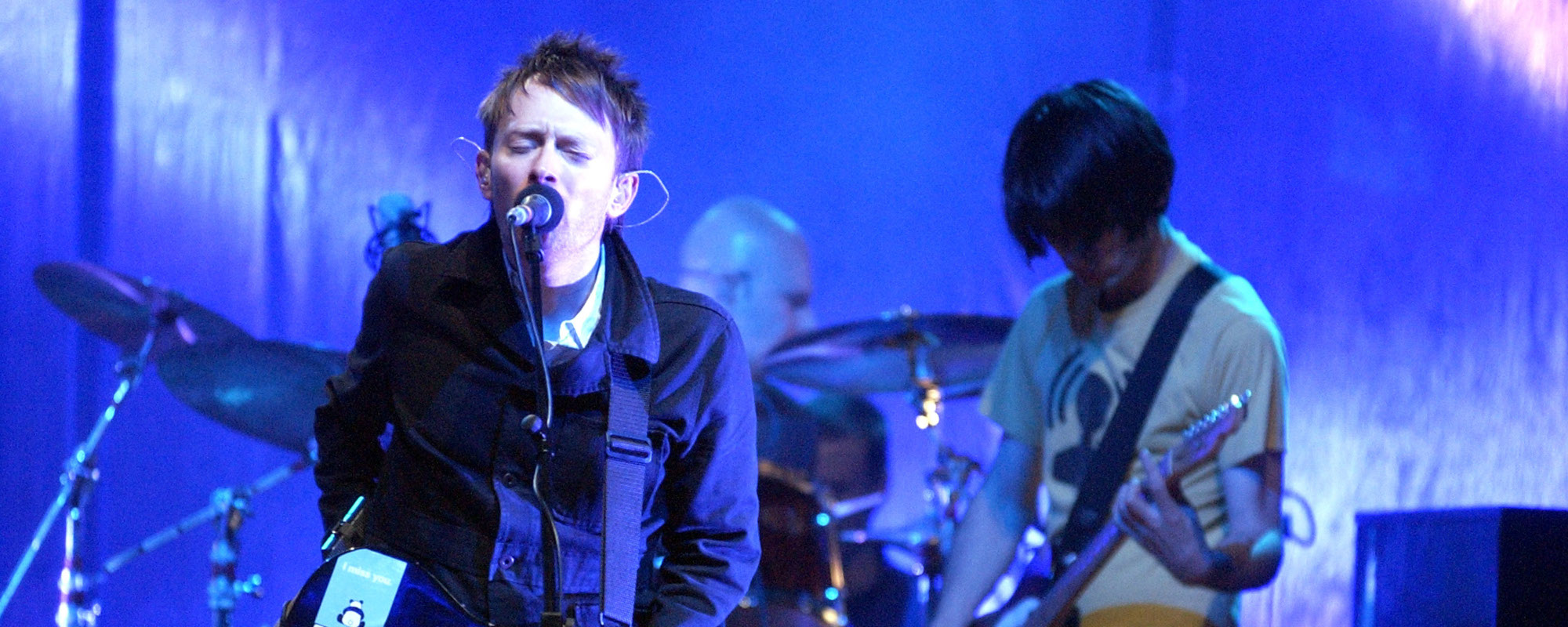

Leave a Reply
Only members can comment. Become a member. Already a member? Log in.